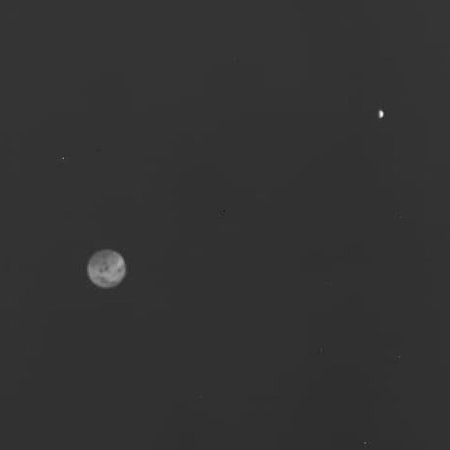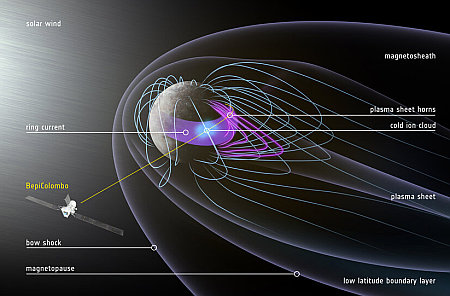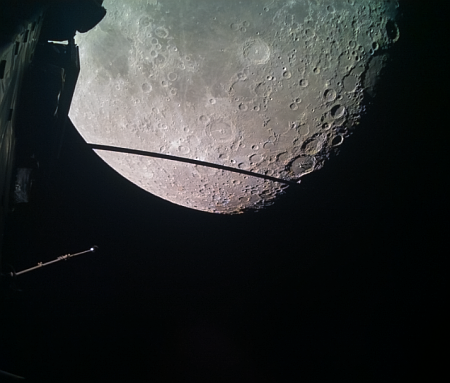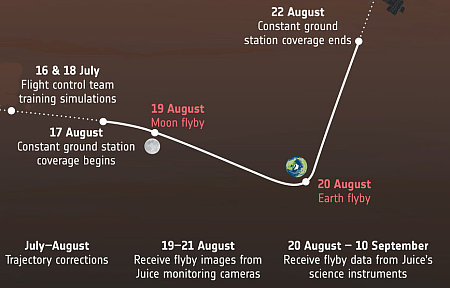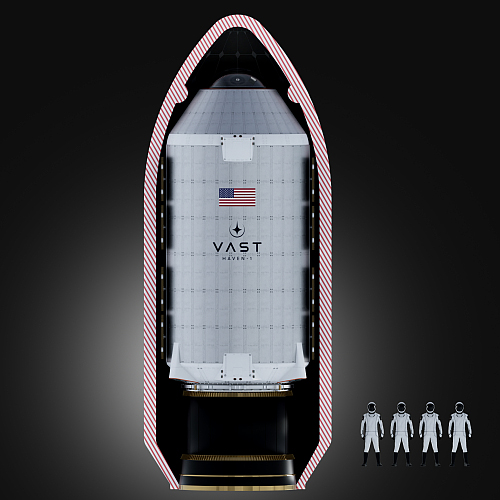Airbus cuts almost 500 jobs in Great Britain
As part of a larger planned belt-tightening that is expected to reducing staffing by more than 2,000, Airbus has now begun eliminating 477 jobs in its British operations.
The cuts are expected to hit the workforce in Stevenage and Portsmouth, where Airbus’s UK space operations are concentrated, while Newport in south Wales may also be impacted. The Stevenage site is also building Europe’s first Mars rover for a mission designed to search for signs of past or present life on the planet that’s due for launch in 2028.
Airbus said that only “overhead positions” – such as management support – will be hit, with nobody assigned to individual programmes or projects affected.
The company claims these cuts are due to SpaceX grabbing a large part of market share in the satellite business. It is also because Airbus is likely overstaffed, its operations shaped by the European Space Agency past requirement that it spread those operations to as many member nations as possible. These cuts in Great Britain are likely an attempt to reduce that spread.
As part of a larger planned belt-tightening that is expected to reducing staffing by more than 2,000, Airbus has now begun eliminating 477 jobs in its British operations.
The cuts are expected to hit the workforce in Stevenage and Portsmouth, where Airbus’s UK space operations are concentrated, while Newport in south Wales may also be impacted. The Stevenage site is also building Europe’s first Mars rover for a mission designed to search for signs of past or present life on the planet that’s due for launch in 2028.
Airbus said that only “overhead positions” – such as management support – will be hit, with nobody assigned to individual programmes or projects affected.
The company claims these cuts are due to SpaceX grabbing a large part of market share in the satellite business. It is also because Airbus is likely overstaffed, its operations shaped by the European Space Agency past requirement that it spread those operations to as many member nations as possible. These cuts in Great Britain are likely an attempt to reduce that spread.

